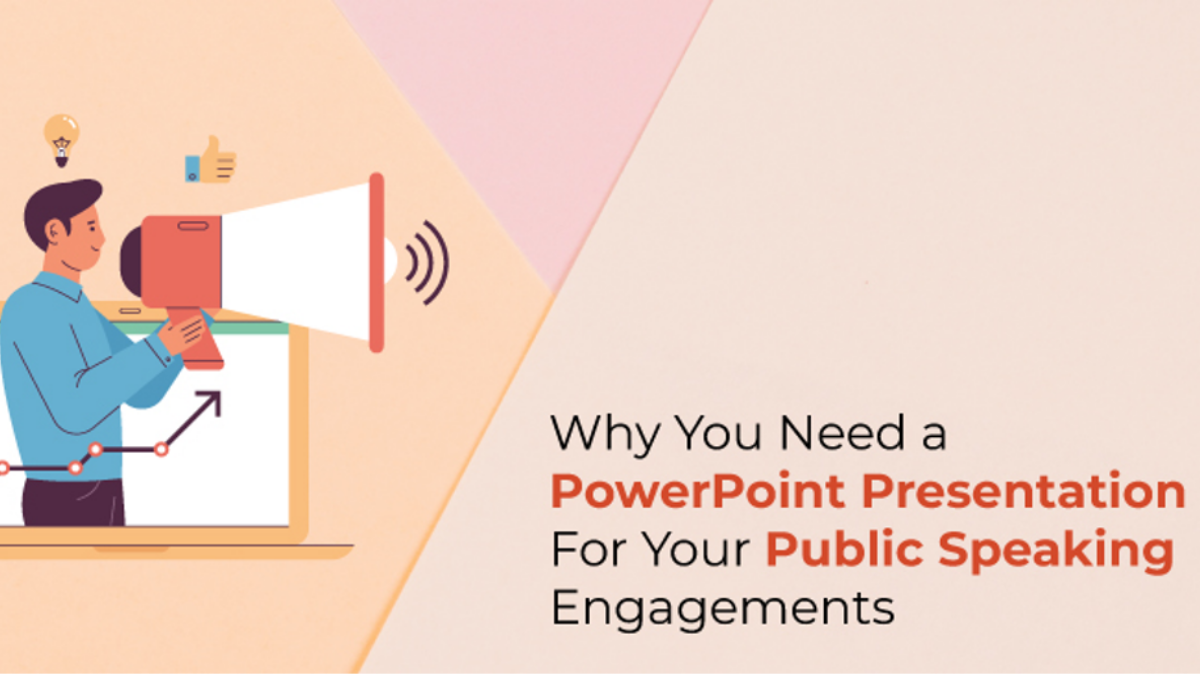
As a public speaker, you need more than eloquence to convey your point. It would be best if you had a visual aid to help your audience out. Of the many ‘visual’ programs available, PowerPoint continues to be the most popular. With this, you can display text, graphs, and multimedia that will improve your presentation.
So whenever you find yourself ‘lazy’ to prepare PowerPoint slides – here are five reasons that should convince you to do otherwise.
Table of Contents
1. PowerPoint Can Help Your Audience Focus
Even if you are a great speaker, you won’t get to your audience if they cannot focus on your presentation. For them to do this, they need to pay attention and disregard the distractions around them. Doing so, however, can be challenging. They might have friends around talking to them, or their minds may be thinking of something else.
While your audience is responsible for their attentiveness, you can help them achieve this with a PowerPoint presentation. With your slides, you can prod your audience to focus more on your lecture. After all, they get to read (and see) text and graphics that reinforce your presentation.
2. PowerPoint Can Help You Address All Learning Styles
There are four types of learners. On any given day, your audience base will be comprised of:
- Visual learners, who study better with the use of graphics and symbols
- Auditory learners, who can master information given to them vocally
- Reading or writing learners, who digest written-word data easier
- Kinesthetic or tactile learners, who need to be physically active to learn their lessons
Contrary to popular beliefs, you don’t need to use various tools to teach such learners. With a PowerPoint presentation, you can address all these learning needs.
a. Reading/Writing Learners
PowerPoint proves to be the best for reading/writing learners, as all they need is text to understand your discussion. You have to be careful with the presentation, though, as you don’t want to project a whole block of text. It’s essential to adopt a good presentation design for these learners. For one, you should always organize your key facts in bullet points or numbered lists.
b. Visual Learners
Since these people learn better through images and symbols, you should add these to your slides as well. The important thing here is to make sure that they are related to the topic you are discussing. You don’t want to add a picture of an apple if you’re lecturing about oranges.
c. Auditory Learners
Although auditory learners prefer to listen to you, you can still use your PowerPoint slides to reinforce the learning process. You can embed an audio clip into the slides, which should come in handy if you’re distributing your presentation before or after the lecture.
d. Kinesthetic Learners
Apart from doing the necessary actions or gestures on stage, your PowerPoint presentation can prove helpful to tactile learners as well. Just like embedding an audio clip, you can add a video presentation that kinesthetic learners can watch to learn.
3. PowerPoint Can Help You Make an Impact
As a speaker, your goal is to educate your audience. To wow them along the way is, of course, the cherry on top. To achieve both of these, however, you are going to need a PowerPoint presentation.
For one, this program provides a much-needed visual impact. If you love seeing well-designed slides on the screen, you can expect the same sentiment applies to your audience.
4. PowerPoint Makes Your Audience’s Life Easier
In the early days – when there was no PowerPoint platform available. Thus, the audience is forced to take notes during the lecture. While doing so helps, this takes their attention away from the course. Instead of focusing on the discussion, they’re more preoccupied with scribbling notes on their pads.
Thanks to your PowerPoint slides, this will no longer be a burden. Your viewers can focus on you and your discussion because they can get a copy of your slides.
As to when to give these virtual handouts, here are some tips:
- Don’t distribute your PowerPoint presentation in the middle of your lecture. Your audience will be more preoccupied with getting this rather than listening to you.
- If you’re going to give them before the presentation, provide them way ahead of time. That way, they have the opportunity to scan your slides.
- If you’re going to provide PowerPoint handouts after your talk, tell the audience in advance. By doing so, they won’t have to spend time (and lose focus) making notes.
5. PowerPoint Also Makes Your Life Easier
The way you deliver your talk should depend on your audience. You don’t want to present a complicated, technical lecture to high school seniors.
You don’t want to start from scratch, either.
With a PowerPoint presentation, you can make edits as necessary. You can add or remove text, graphs, and multimedia with relative ease. With this, you can easily tailor your slides – without having to whip up a presentation every time.
These five reasons show how indispensable a PowerPoint presentation is to your public speaking engagement. So, if you want your audience’s eyes (and ears) to be focused on you, you should always equip your talks with such slides.